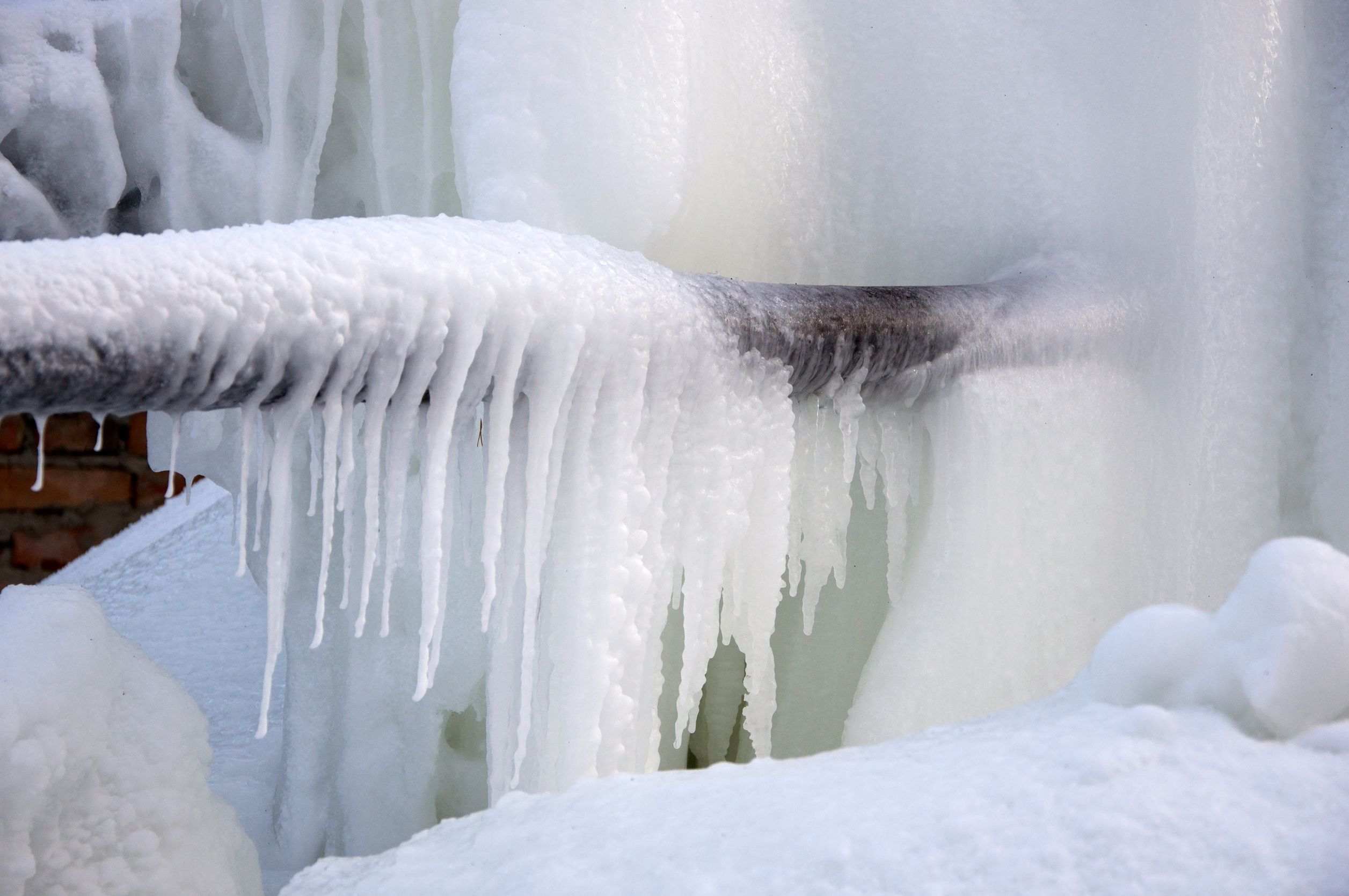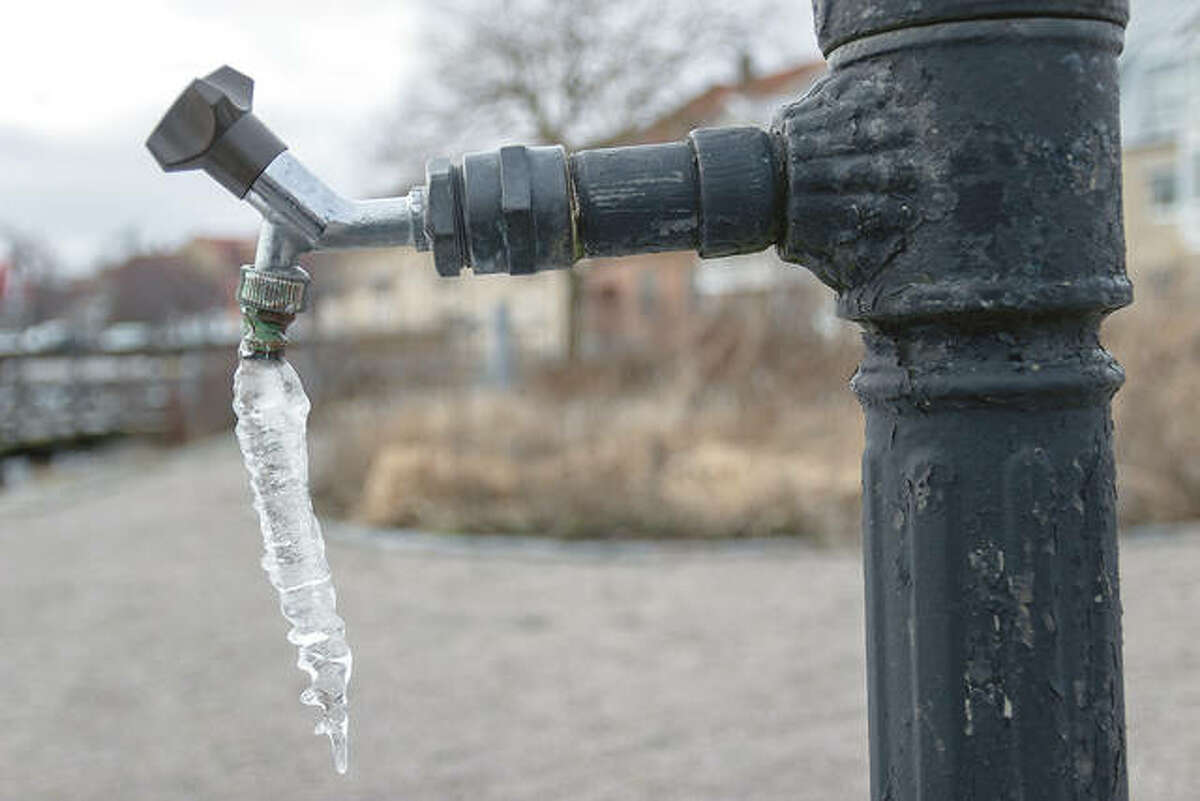Do you find yourself looking for information and facts on Winter Plumbing Precautions: Preventing Frozen Pipes?

Cold weather can damage your plumbing, specifically by freezing pipes. Below's how to prevent it from taking place and what to do if it does.
Intro
As temperatures decrease, the threat of icy pipelines increases, possibly resulting in costly repairs and water damages. Understanding how to stop frozen pipelines is essential for house owners in chilly environments.
Recognizing Icy Pipes
What causes pipes to ice up?
Pipelines freeze when subjected to temperatures below 32 ° F (0 ° C) for expanded periods. As water inside the pipelines ices up, it broadens, putting pressure on the pipeline walls and possibly triggering them to rupture.
Risks and problems
Icy pipes can result in water system disruptions, residential or commercial property damage, and expensive repair services. Ruptured pipelines can flood homes and create comprehensive architectural damage.
Indicators of Frozen Pipes
Identifying frozen pipes early can stop them from breaking.
Just how to recognize frozen pipelines
Seek reduced water flow from faucets, uncommon smells or sounds from pipes, and visible frost on revealed pipelines.
Avoidance Tips
Protecting vulnerable pipes
Cover pipes in insulation sleeves or make use of warm tape to safeguard them from freezing temperature levels. Focus on pipelines in unheated or outside locations of the home.
Heating techniques
Maintain indoor spaces properly warmed, specifically areas with pipes. Open cabinet doors to permit cozy air to circulate around pipes under sinks.
Safeguarding Exterior Pipes
Yard hose pipes and outside taps
Detach and drain pipes garden pipes prior to winter months. Mount frost-proof faucets or cover outside faucets with insulated caps.
What to Do If Your Pipes Freeze
Immediate actions to take
If you think frozen pipelines, keep faucets open up to eliminate stress as the ice thaws. Utilize a hairdryer or towels taken in warm water to thaw pipes gradually.
Long-Term Solutions
Structural adjustments
Think about rerouting pipelines far from exterior walls or unheated locations. Add added insulation to attic rooms, basements, and crawl spaces.
Upgrading insulation
Buy high-grade insulation for pipes, attics, and walls. Appropriate insulation aids keep consistent temperature levels and minimizes the threat of icy pipes.
Conclusion
Preventing icy pipelines requires proactive procedures and fast reactions. By comprehending the causes, indicators, and preventive measures, homeowners can protect their plumbing during winter.
6 Proven Ways to Prevent Frozen Pipes and Protect Your Home
Disconnect and Drain Garden Hoses
Before winter arrives, start by disconnecting your garden hoses and draining any remaining water. Close the shut-off valves that supply outdoor hose bibs and leave the outdoor faucet open to allow any residual water to drain. For extra protection, consider using faucet covers throughout the colder months. It’s also important to drain water from any sprinkler supply lines following the manufacturer’s directions.
Insulate Exposed Pipes
Insulating your pipes is an effective way to prevent freezing. Pipe insulation is readily available at home improvement stores and is relatively inexpensive. Pay close attention to pipes in unheated areas such as the attic, basement, crawl spaces, or garage. Apply foam insulation generously to create a buffer against the cold. You can also wrap your pipes in heat tape or thermostat-controlled heat cables for added warmth.
Seal Air Leaks
Inspect your home for any cracks or openings that could let in cold air. Seal any holes around the piping in interior or exterior walls, as well as the sill plates where your home rests on its foundation. Additionally, make sure to keep your garage door closed unless you’re entering or exiting. Leaving it open creates a significant air leak that can lead to frozen pipes.
Allow Warm Air Circulation
During cold snaps, it’s essential to allow warm air to circulate evenly throughout your home. Leave interior doors ajar to promote better airflow. Open kitchen and bathroom cabinets to help distribute heat consistently around the rooms. If you have small children or pets, be sure to remove any household chemicals or potentially harmful cleaners from open cabinets for safety.
Let Faucets Drip
A small trickle of water can make a big difference in preventing ice formation inside your pipes. When temperatures drop significantly, start a drip of water from all faucets served by exposed pipes. This continuous flow helps prevent the water from freezing. Additionally, running a few faucets slightly can relieve pressure inside the pipes, reducing the chances of a rupture if the water inside does freeze.
https://choateshvac.com/6-proven-ways-to-prevent-frozen-pipes-and-protect-your-home/

Hopefully you enjoyed reading our post on Helpful Tips to Prevent Frozen Pipes this Winter. Thanks a lot for finding the time to browse our blog. Sharing is caring. Who knows, you might be helping someone out. Thank-you for going through it.
Click Here